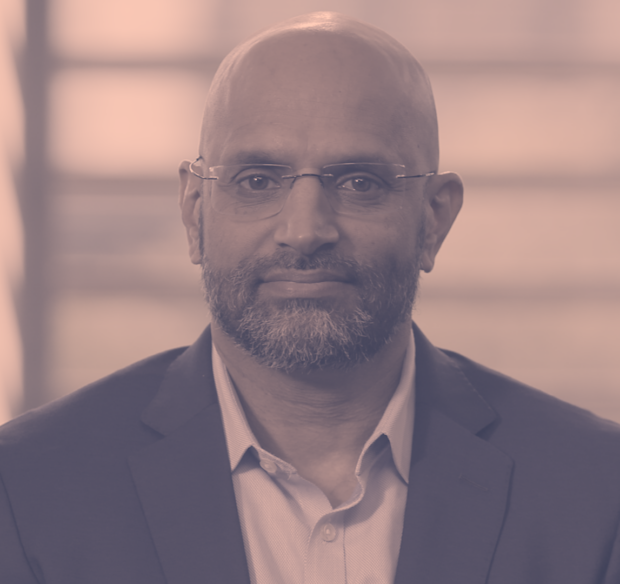Providing equitable healthcare is among the top priorities for healthcare professionals. However, we know systemic racial barriers exist not just in society but within the healthcare industry, causing poorer outcomes for patients coming from marginalized communities.
Provider bias is not just a challenge but a significant obstacle to equitable healthcare for patients of color. Dr. Desiree Chachula, Director of Diversity, Equity, and Inclusion and Region Director of the Health Equity Train-the-Trainer Program at Moffitt Cancer Center, highlighted this when she spoke at SurvivorNet’s annual “Close the Gap” conference on racial disparities in cancer care.
“The way bias works is we cognitively fill in the gaps that we have with stereotypes and generalization because we don’t have evidence or data. Those generalizations often come from things like the media, which aren’t often true,” Dr. Chachula explained.
As a provider, you have an important role in making care equitable. Some ongoing efforts to address provider bias are strengthening the pipeline for future generations of diverse healthcare professionals, and your active participation in these efforts is key.
“There exist tremendous gaps for Black and Hispanic communities. Nationally, 13 percent of Americans are Black, but the provider population is only 2 and a half percent. Patients want to see a healthcare workforce and their care providers that look like them,” Dr. Chachula said.
“At Moffitt, we’re addressing that pipeline by exposing youth to mentorship experiences in STEM and the sciences and bringing them to the Moffitt Cancer Center [to] be mentored by physicians of color and nurses of color,” Dr. Chachula continued.
The role of patient navigators
When patients are first diagnosed with cancer, they’re faced with an onslaught of new and concerning issues. Fortunately, many major medical institutions have patient navigators available to help.
Patient navigators can be an incredible resource for patients from economically challenged backgrounds to help in the early stages of their cancer journey. They can help with barriers like a lack of transportation and help patients access financial assistance.
“Patient navigators can function differently at different hospitals. They help newly diagnosed cancer patients throughout the whole continuum of care. They do a full assessment just like physicians do. They do a barriers assessment to learn how they can best help them,” Dr. Kathie-Ann Joseph of NYU Langone explained during our “Close the Gap” conference.
Patient navigators help patients adhere to and comply with their planned care, which can go a long way toward affecting positive patient outcomes among diverse patient populations.





